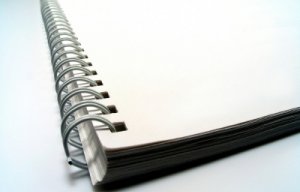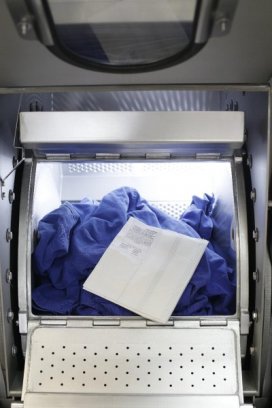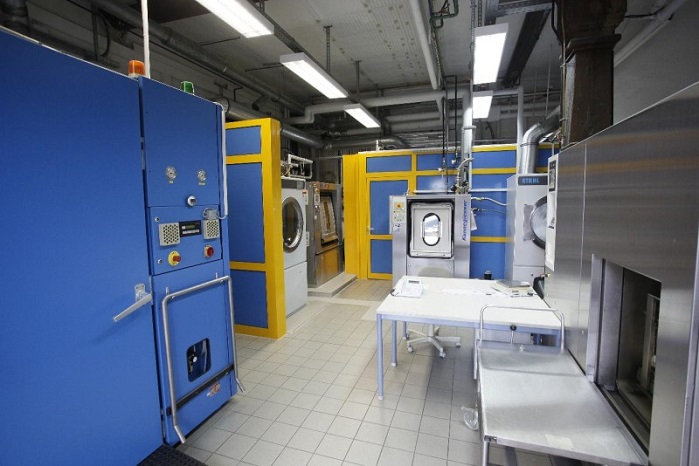
Hohenstein joins ZDHC Roadmap to Zero Programme
Hohenstein Institute's predictive model can help determine the extent to which cotton textiles maintain their value, and also the lifespan and service life of leasing.

8th June 2015
Innovation in Textiles
|
Boennigheim
This means that measures to ensure that textiles maintain their value and have a long service life are becoming more and more important. The main factors affecting how well textiles maintain their value include the quality of the materials used and whether they are professionally cleaned and processed gently.
For that reason, the Hohenstein Institute has developed a model specifically for predicting the lifespan and period of use for cotton textiles so that textile service companies can work out their costs for replacing worn out materials.
If a textile product is to be in service over a long period, it is essential that high-quality materials are used. It should therefore be considered when the textiles are purchased whether or not they are suitable for leasing.
On the basis of the Hohenstein Quality Standard 701ff, experts in the modern washing laboratory at the Hohenstein Institute test how suitable textiles are for processing in commercial laundries and for leasing. They test the mechanical properties, colour-fastness and, optionally, also the fit and wearing comfort.
Hohenstein Institute's predictive model can also be used to determine the extent to which cotton textiles maintain their value, and also the lifespan and service life of leasing. The predictive model is based on the technical guideline values given in technical regulation RAL GZ 992 Professional Textile Services - Quality Assurance. The parameters that are examined include whiteness, loss of tear strength and the damage factor.
When it comes to reprocessing, the Hohenstein Institute evaluates and optimises the processes so that a hygienic, clean and visually pleasing result can be achieved. To ensure that the original values are maintained, the processes are monitored using test fabrics.

The test fabrics go through a defined number of washing and drying cycles in industrial conditions. Quality criteria such as the degree of whiteness are assessed independently by neutral experts. Any existing weaknesses in the process can be identified and the cause eliminated by the laundry.
The experts at the Hohenstein Institute provide support that includes testing materials and checking washing processes, product development and advice. This is said to ensure that the economic and technical potential of modern washing technology is fully utilised to maintain the value of textiles.

Business intelligence for the fibre, textiles and apparel industries: technologies, innovations, markets, investments, trade policy, sourcing, strategy...
Find out more